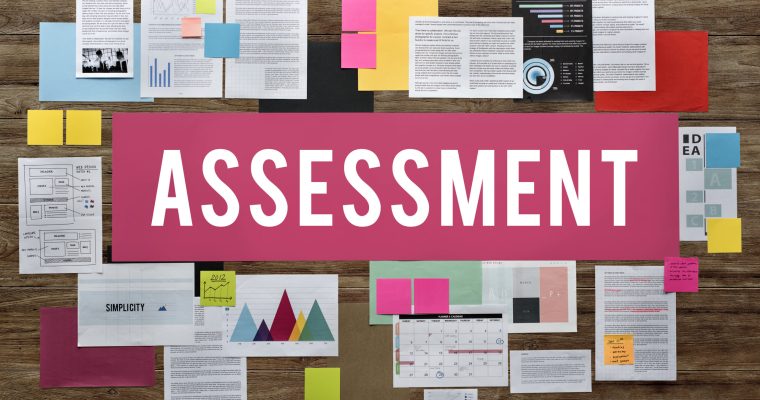In the realm of online education, crafting effective assessments is a cornerstone of successful e-learning experiences. Whether you’re an educator or an instructional designer, understanding the importance of assessments in e-learning and how to optimize them can greatly enhance the quality of your courses. In this blog, we’ll explore why assessments are crucial, how to align them with learning objectives, employ various question types, provide immediate feedback, and test assessments before deployment. Plus, don’t forget to check out our accompanying YouTube video for a more in-depth look!
Why are assessments important in e-learning?
Assessments serve multiple essential functions in the world of e-learning:
1. Measuring Understanding
Assessments gauge the learners’ grasp of the material. They help instructors identify areas where students may be struggling or excelling, allowing for tailored instruction.
2. Reinforcing Learning
The process of taking assessments reinforces learning. It compels students to review and recall the material, reinforcing their knowledge retention.
3. Motivation
Assessments can motivate learners to engage actively with the content. The knowledge that they will be evaluated often encourages students to pay closer attention and participate more actively in the course.
4. Feedback Loop
Through assessments, instructors can offer constructive feedback, helping students understand their strengths and areas for improvement.
5. Quality Assurance
Assessments help ensure the quality of e-learning materials and courses. They act as a checkpoint to verify that learning objectives are met and that the content is effective.
Align Assessments with Learning Objectives
The foundation of an effective e-learning assessment is its alignment with clear, well-defined learning objectives. Here’s how to do it:
- Define Learning Objectives: Start by clearly outlining what you want your students to learn. These objectives will guide the assessment’s content and format.
- Match Assessment Types: Different learning objectives may require different types of assessments. For instance, multiple-choice questions may be suitable for assessing factual knowledge, while essays may be better for evaluating critical thinking.
Use a Variety of Question Types
Diversifying your question types keeps assessments engaging and relevant. Some question formats to consider include:
- Multiple-choice: great for assessing factual knowledge quickly.
- True/False: Useful for checking understanding of binary concepts.
- Short Answer: Encourages thoughtful responses to open-ended questions.
- Essay or Discussion Questions: Assess critical thinking and deeper understanding.
Provide Immediate Feedback
Timely feedback is invaluable in e-learning. It helps students understand where they went wrong and why, fostering a deeper understanding of the subject matter. Consider these tips:
- Automated Feedback: Use technology to provide instant feedback for objective questions.
- Personalized Feedback: Tailor feedback on each student’s performance and areas of improvement.
- Explanations: Include explanations for correct answers, helping students learn from their mistakes.
Test the Assessment Before Deployment
Before releasing assessments to your students, thoroughly test them to ensure they are clear, error-free, and aligned with your learning objectives. Here’s a checklist:
- Clarity: Ensure questions are clear and free from ambiguity.
- Technical Check: Verify that the assessment platform functions smoothly.
- Pilot Testing: Have a few students or colleagues take the assessment to identify any issues.
- Accessibility: Ensure that the assessment is accessible to all learners, including those with disabilities.
Don’t forget to watch our detailed YouTube video on creating effective e-learning assessments, where we delve deeper into each of these topics and provide practical examples and tips for implementation.
In conclusion, assessments are a cornerstone of effective e-learning. By aligning them with learning objectives, using a variety of question types, providing immediate feedback, and thoroughly testing before deployment, you can create assessments that enhance the educational experience for your students. Remember, the ultimate goal is to facilitate meaningful learning and empower students to succeed in their academic journey.







